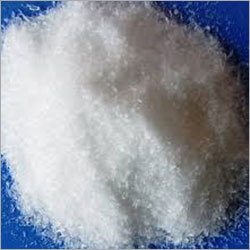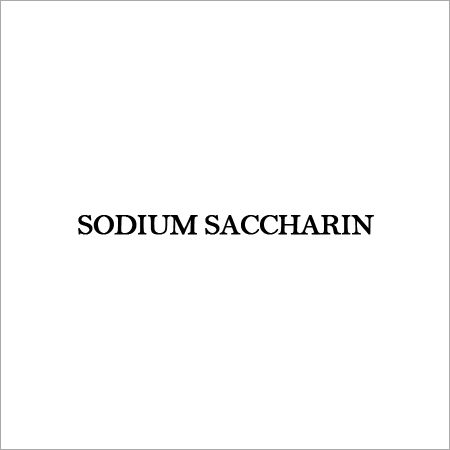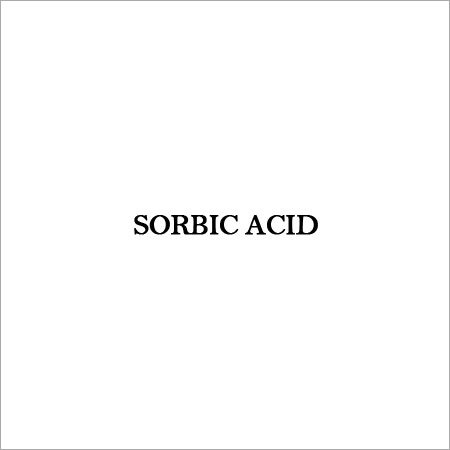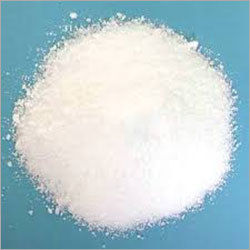
Sodium Phosphate Dibasic Dodecahydrate
Product Details:
- EINECS No 231-448-7
- Type Inorganic Salt
- Molecular Formula NaHPO12HO
- Viscosity Not applicable (solid)
- Particle Size Fine powder (<100 m)
- Density 1.52 Gram per cubic centimeter(g/cm3)
- Shelf Life 2 years (if properly stored)
- Click to View more
Sodium Phosphate Dibasic Dodecahydrate Product Specifications
- White Crystalline Powder
- Disodium Hydrogen Phosphate Dodecahydrate; Disodium Phosphate Dodecahydrate
- Covers water of crystallization (12HO)
- 98% (ACS Grade)
- 2 years (if properly stored)
- 10039-32-4
- Laboratory/Industrial
- 1.52 Gram per cubic centimeter(g/cm3)
- Fine powder (<100 m)
- NaHPO12HO
- Not applicable (solid)
- 231-448-7
- Inorganic Salt
Product Description
Known as a reliable entity in this domain, we have been betrothed in providing the best grade Sodium Phosphate Dibasic Dodecahydrate. Finding usefulness in food and pharmaceutical industry, this product is highly cherished among clients due to its purity. The offered product is processed using the best grade chemicals under the supervision of our ingenious professionals. In addition to this, the provided Sodium Phosphate Dibasic Dodecahydrate can be bought from us at pocket friendly rates.
Key Points:
- Unadulterated
- Safe to use
- Longer shelf life
- Effectiveness
Sodium Phosphate Dibasic Dodecahydrate
- C.A.S. No. : 10039-32-4
- Molecular Formula : Na2hpo4.12h2o
- Molecular Weight : 354.14
| SPECIFICATION | LR | AR | ACS |
| Water Insoluble Matter |
| 0.003% | --- |
| pH of a 0.1M solution |
| 9.1 - 9.3 | --- |
| Chloride (Cl) |
| 0.001% | --- |
| Nitrogen Compounds (N) |
| 0.002% | --- |
| Sulphate (SO4) |
| 0.005% | --- |
| Heavy Metals (as Pb) |
| 0.0002% | --- |
| Iron (Fe) |
| 0.0002% | --- |
| Copper (Cu) |
| 0.0001% | --- |
| Potassium (K) |
| 0.001% | --- |
| Assay |
| NLT 99.0% | --- |
| Loss on Drying |
| --- | --- |
Features
- Precise composition
- Quality approved
- Stable in nature
- Long shelf life
Reliable Water Treatment Additive
Sodium Phosphate Dibasic Dodecahydrate is commonly used as a water softener and mineral scale inhibitor in water treatment formulas. Its high solubility and stable chemical nature make it effective for adjusting pH and controlling dissolved solids, ensuring efficient processing and improved system longevity.
Versatile Laboratory and Industrial Reagent
Thanks to its ACS grade purity and adaptable performance, this compound is ideal for laboratory analyses and various industrial processes. As a buffering agent, it helps maintain solution pH, which is crucial for consistent outcomes in chemical experiments and manufacturing setups.
Safe, Convenient Packaging and Storage
Packed in robust plastic woven bags with PE liners, Sodium Phosphate Dibasic Dodecahydrate is protected from moisture and contamination. Proper storagesealed in a cool, dry placeensures a shelf life of up to two years, maintaining product integrity and performance for extended periods.
FAQs of Sodium Phosphate Dibasic Dodecahydrate:
Q: How should Sodium Phosphate Dibasic Dodecahydrate be stored to maintain its quality?
A: Store the compound in a tightly closed container in a cool, dry place. Avoid exposure to direct sunlight or humidity to ensure it retains its purity and crystalline form throughout its two-year shelf life.Q: What are the primary uses of Sodium Phosphate Dibasic Dodecahydrate?
A: It is widely used in water treatment, detergents, laboratory analysis as an analytical reagent, and, upon request of food-grade quality, as a food additive.Q: When does Sodium Phosphate Dibasic Dodecahydrate start to decompose?
A: This compound does not have a defined melting point; it decomposes upon heating rather than melting, so it should not be exposed to high temperatures during use or storage.Q: Where does Sodium Phosphate Dibasic Dodecahydrate find its greatest benefit?
A: Its greatest benefits are found in settings that require dependable pH adjustment, buffering, or phosphate supplementation, such as water treatment facilities, laboratories, and certain industrial applications.Q: What makes Sodium Phosphate Dibasic Dodecahydrate suitable for laboratory and industrial applications?
A: Its high solubility, ACS grade purity (98%), and stable pH range make it an excellent buffer and additive for chemical processes, offering reliable and reproducible results.Q: How is Sodium Phosphate Dibasic Dodecahydrate typically supplied and handled?
A: It is supplied as a fine white crystalline powder in 25 kg plastic woven bags with PE liners, making it easy to dispense and handle with minimal risk of contamination.Q: What are the advantages of using this product in water treatment processes?
A: Sodium Phosphate Dibasic Dodecahydrate helps to soften water, inhibit scale formation, and maintain an optimal pH, resulting in cleaner water systems and greater operational efficiency.
Price:
- 50
- 100
- 200
- 250
- 500
- 1000+
Other Products in 'Inorganic Fine Chemicals' category
 |
YOGI CHEMICAL INDUSTRIES
All Rights Reserved.(Terms of Use) Developed and Managed by Infocom Network Private Limited. |













